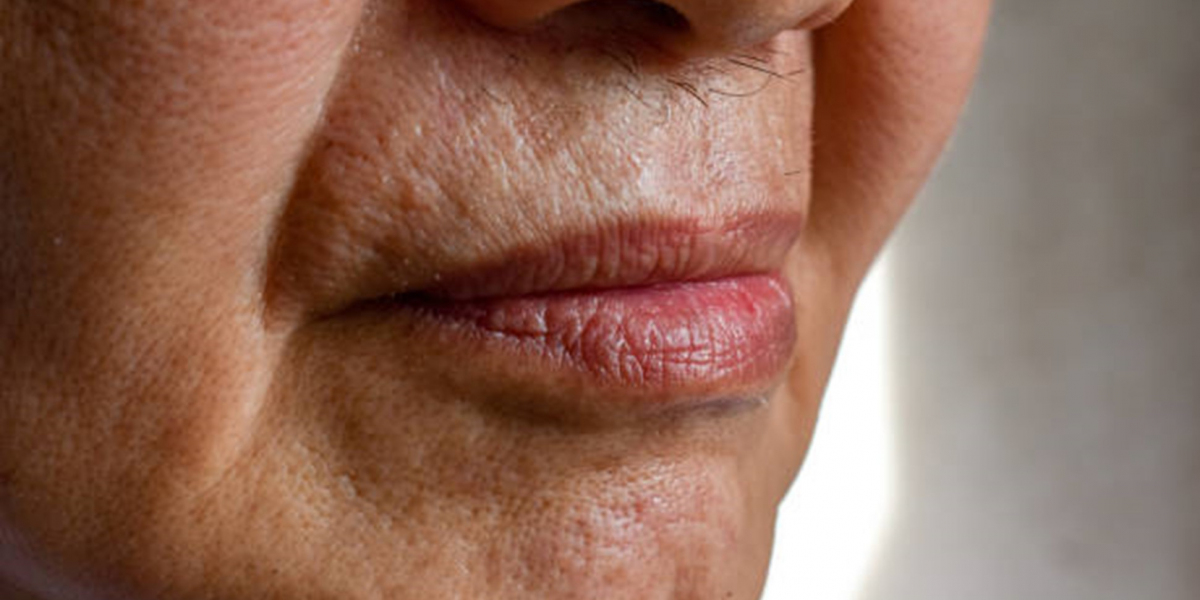Common Problems with Nasolabial Fold Filler
Overfilling and Asymmetry
Overfilling can lead to an unnatural, puffy appearance, while asymmetry results in uneven contours. Both issues can significantly impact the overall aesthetic outcome.
Uneven Results and Contour Irregularities
Fillers might settle unevenly, causing contour irregularities. This can result in noticeable differences in facial symmetry and texture.
Lumps and Bumps
Fillers can occasionally cause noticeable or unpleasant palpable lumps or bumps under the skin.
Causes of Filler Complications
Injection Technique Issues
Incorrect Placement
Improper injection sites can lead to suboptimal results, such as uneven distribution or misplaced filler.
Improper Amount of Filler
Using too much or too little filler can disrupt the intended result, leading to issues like overfilling or insufficient volume correction.
Product-Related Problems
Quality of Filler
The quality of the filler used plays a crucial role in the outcome. Low-quality or counterfeit fillers can lead to complications and unsatisfactory results.
Expired or Contaminated Fillers
Using expired or contaminated fillers increases the risk of adverse reactions and infections.
Individual Factors
Allergic Reactions
Some individuals may experience allergic reactions to the filler, resulting in swelling, redness, or discomfort.
Pre-existing Conditions
Existing medical conditions or skin sensitivities can affect how the body reacts to fillers, potentially leading to complications.
Immediate Actions to Take
Identifying Symptoms
Signs of Complications
Common signs include excessive swelling, severe bruising, or changes in skin color. These symptoms may indicate issues with the filler treatment.
When to Seek Immediate Help
Seek emergency medical assistance if you encounter severe pain, prolonged swelling, or infection-related symptoms.
Contacting Your Practitioner
Reach out to your practitioner for guidance on how to address complications. They can offer advice and recommend appropriate actions.
What to Expect During a Follow-Up
Potential Reversal or Correction Procedures
Treatment and Management Options
Non-Surgical Solutions
- Massage and Warm Compresses: Can help with minor irregularities and swelling.
- Hyaluronidase for Hyaluronic Acid Fillers: Enzyme treatment that dissolves hyaluronic acid-based fillers if necessary.
Surgical Solutions
- Aspiration and Removal: Involves removing the filler through a small incision or needle.
- Revision Procedures: Additional procedures to correct or adjust the filler placement.
Preventive Measures
Choosing a Qualified Practitioner
Importance of Credentials and Experience
Select a practitioner with extensive experience and proper credentials. Their skill and knowledge are critical for achieving optimal results and minimizing risks.
Questions to Ask During Consultation
- What type of fillers do you use?
- Can you show before and after photos of previous patients?
- What are the potential risks of this treatment?
Understanding the Risks
Thoroughly research the risks associated with fillers and discuss them with your practitioner to make an informed decision.
Thoroughly Researching Treatment Options
Explore various filler options and their associated risks and benefits before proceeding with treatment.
Following Pre- and Post-Treatment Instructions
Following your practitioner's recommendations to the letter might help avoid problems and guarantee better results.
Costs of Corrective Treatments
Average Price Range for Revisions
Corrective treatments can vary in cost depending on the type of intervention required. Prices generally range from $500 to $3,000.
Factors Affecting Cost
Type of Correction Required
The complexity of the correction determines the cost. More extensive procedures will typically be more expensive.
Practitioner's Fees
Costs may vary based on the practitioner's expertise and geographic location.
FAQs
What are the signs that a filler treatment has gone wrong?
Signs include severe swelling, redness, lumps, or an unusual appearance. Persistent pain or changes in skin texture can also indicate problems.
How can I address complications from nasolabial fold fillers?
Consult your practitioner for an assessment. Depending on the issue, solutions may include massage, hyaluronidase treatment, or corrective procedures.
Are corrective treatments covered by insurance?
Corrective therapy coverage differs depending on the insurance plan. To learn more about your options for coverage, speak with your provider.
What should I do if I experience severe side effects?
If you have serious side effects, such as excruciating pain, noticeable swelling, or infection symptoms, get medical help right once.
Conclusion
Although nasolabial fold fillers can yield great outcomes, problems can occur. Being aware of any difficulties and understanding how to handle them can help you efficiently manage and handle any issues that may arise. To guarantee a good result, selecting a qualified practitioner and adhering to all pre- and post-treatment instructions are essential.









